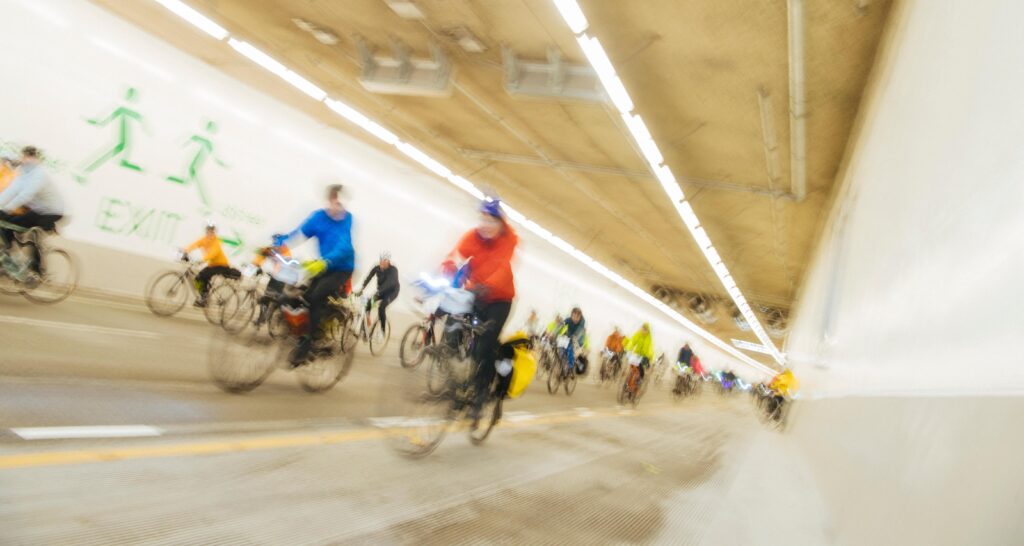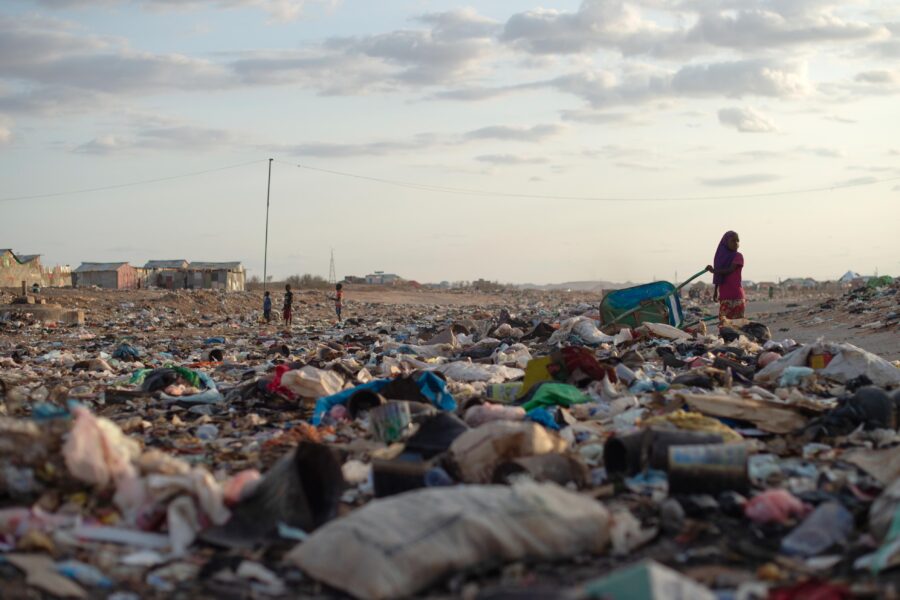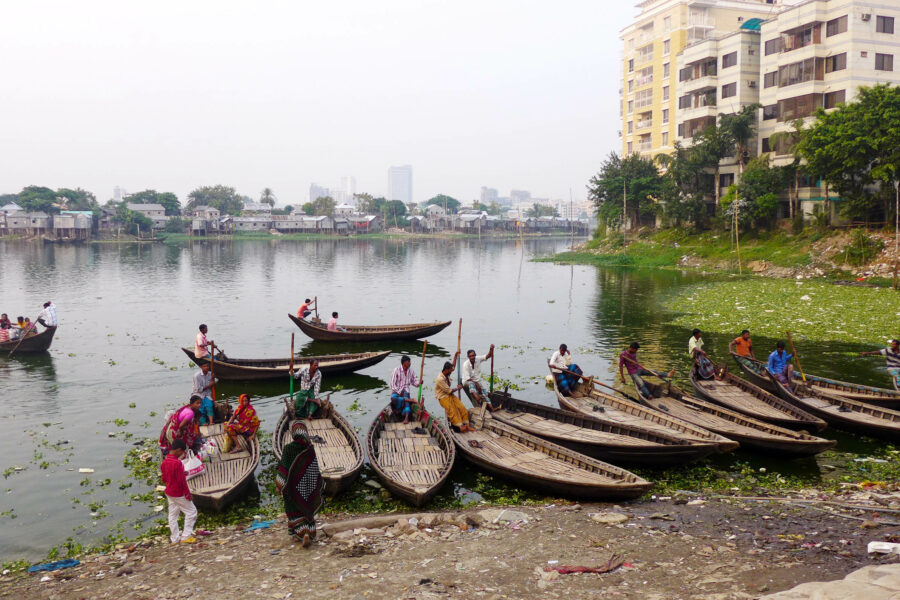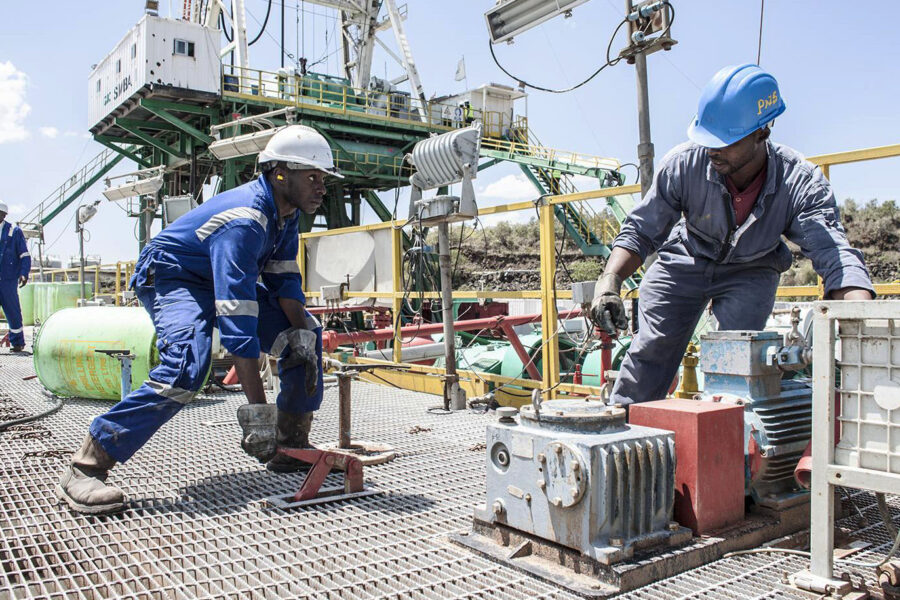Working and living differently: reimagining sustainable cities post-COVID
For the world’s growing urban populations, the ‘new normal’ must mean better and sustainable places to live and work, and ways to travel, for all – not just a privileged few
Cities — Global

Reimagining our cities has been reignited with the impact of COVID-19 on urban communities throughout the world. No longer can we rely on and assume historical patterns of journeys to work, full-time office employees and empty suburbs during the working day. With these changes during 2020 and 2021 come new opportunities and, with some creative planning and investment, the possibility of even more sustainable cities.
Throughout history, cities have moved in and out in size depending on the economy and the availability of new transport technologies. In recent decades cities were coming back in after 50 years of suburban sprawl. So will COVID-19 cause our cities to sprawl out again as people react against density rather than embrace it? Such sprawl has been associated with heavy resource use and multiple equity issues that would challenge many of the Sustainable Development Goals (SDGs).
American urbanist Richard Florida suggests that there will be an even stronger return to the city as “the clustering of ideas and talent is way more powerful a force than any infectious disease”. He predicts a ‘roaring 2020s’ style urbanism. However, the COVID reactions have set in motion a range of processes that could enhance the scattering of cities even further than we’ve ever imagined.
Digital meetings have become a much more feasible and productive way of doing face-to-face economic activity. Now, the acceleration of rooftop solar (currently the cheapest source of power in history) and electromobility (about to become the cheapest way to move around) make it possible for extremely cheap automobile-based transport to enable urban scatter. This would be driven by the wealthy seeking eco-security in gated communities, with all the best urban services.
As in all new eras of technological change, other options that can achieve better outcomes for the common good are feasible, and indeed make the SDGs even more likely to be achieved. Not only did we discover that we could work a lot more from home, we also rediscovered the importance of local places, services, parks, and community. This shift towards re-localizing cities during the pandemic has led many cities like Paris and London to direct infrastructure spending into what they call the ‘15-minute city’ (where everything a resident needs can be reached within 15 minutes by walking or cycling). Similar movements are underway in Sydney and Melbourne (the 20-minute city), and even in Stockholm (the 1-minute city). Transforming neighborhood centers supported by active travel has been the hallmark of COVID and can be built on.
All these initiatives are enabling the new electric bikes, scooters, and walking to be prioritized. These local areas that are rediscovering their place can also rebuild housing into denser precincts that enable greater community, while using the new technologies to share solar and electric vehicles of all kinds.
But cities and their regions also need transport links across their geographies, for various reasons. They may not need their historic centers quite as much, but they still need people to be able to move around. Electric public transport charged by solar at depots and station precincts can now compete with congested highways and enable cities to rebuild new localized centers, like pearls along their strings. Many cities such as Canberra, Australia’s capital, are seeing that they can now invest sensibly in zero-carbon electric transit and connect this to their local active travel through local centers. President Biden’s ‘Build Back Better’ plan has both these elements. Cities can use the plan to make more “inclusive, resilient, sustainable, and safe” settlements, as SDG 11 requires.
Lasting change?
So, the big question post-COVID and vaccinations is: will there be lasting change that scatters our cities into more wealthy and poor enclaves? Or will we be able to choose more ‘common good’ outcomes that enable our cities to become better places for everyone, as well as for the planet? If so, what do we do with empty offices in town centers and increased congestion as people leave fixed transit? Can cities be rebuilt with new urban solutions? And will the nature of our suburbs need to change to meet new demands from home-based work?
The impact of COVID on the functioning of cities has been substantial in both developed and developing countries. But the issues of wealthy and poor enclaves, overly congested roads, and the need to leapfrog into new zero-carbon technologies remain high for all cities in both the Global North and South.
Bouncing forward by building back better, after such a shock to the urban system, provides the opportunity to implement the SDGs with multiple benefits to both people and the environment (see Future of Cities Will Shape Post-COVID-19 World and Apocalypse now: Australian bushfires and the future of urban settlements).
Villages within cities, with smart hubs meeting new community demands. Sustainable regional development capitalizing on more flexible work options and possible outmigration from global cities. Smart infrastructure and innovation investment providing connectivity and economic stimulus. All of these provide government and urban leaders with a unique opportunity to reimagine our cities to be more productive, climate-resilient and liveable in the future.





